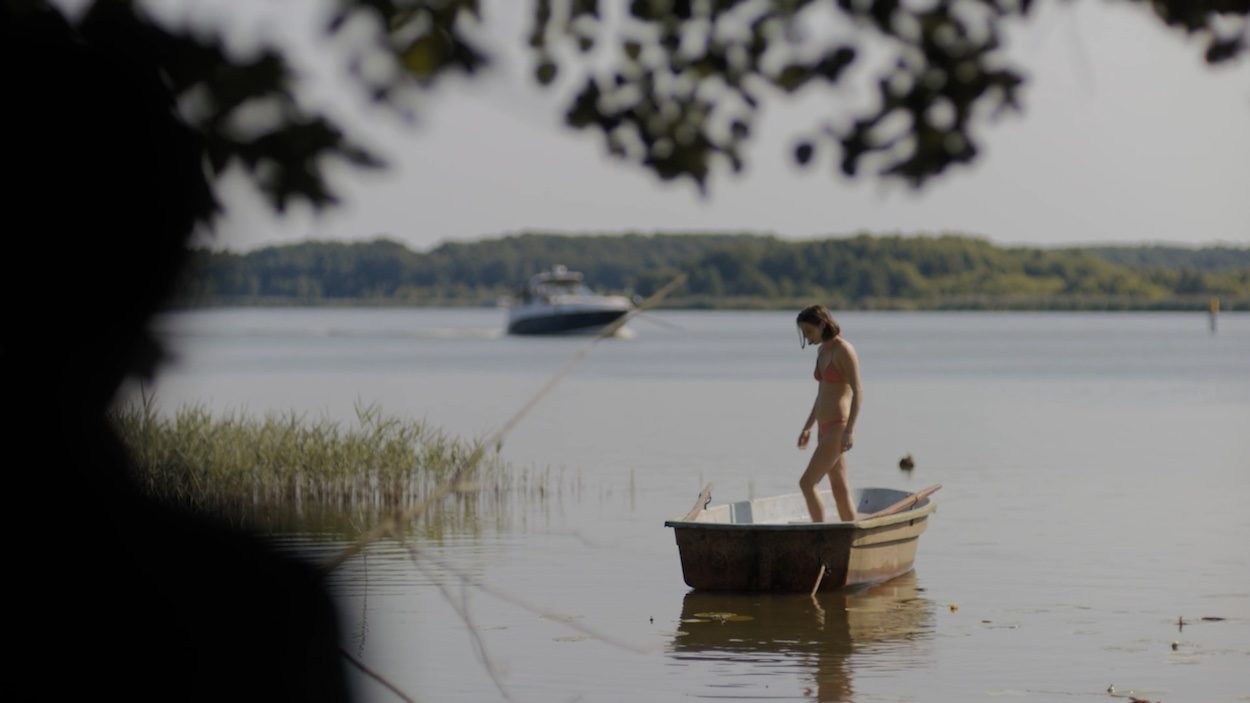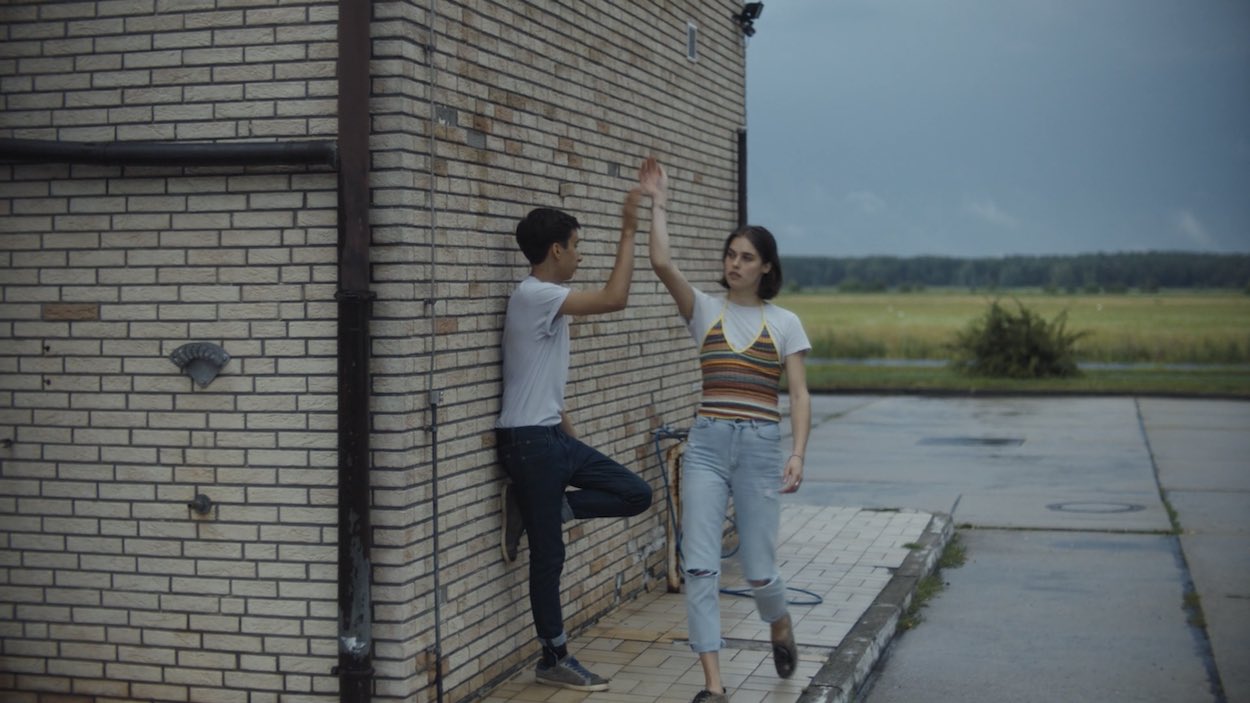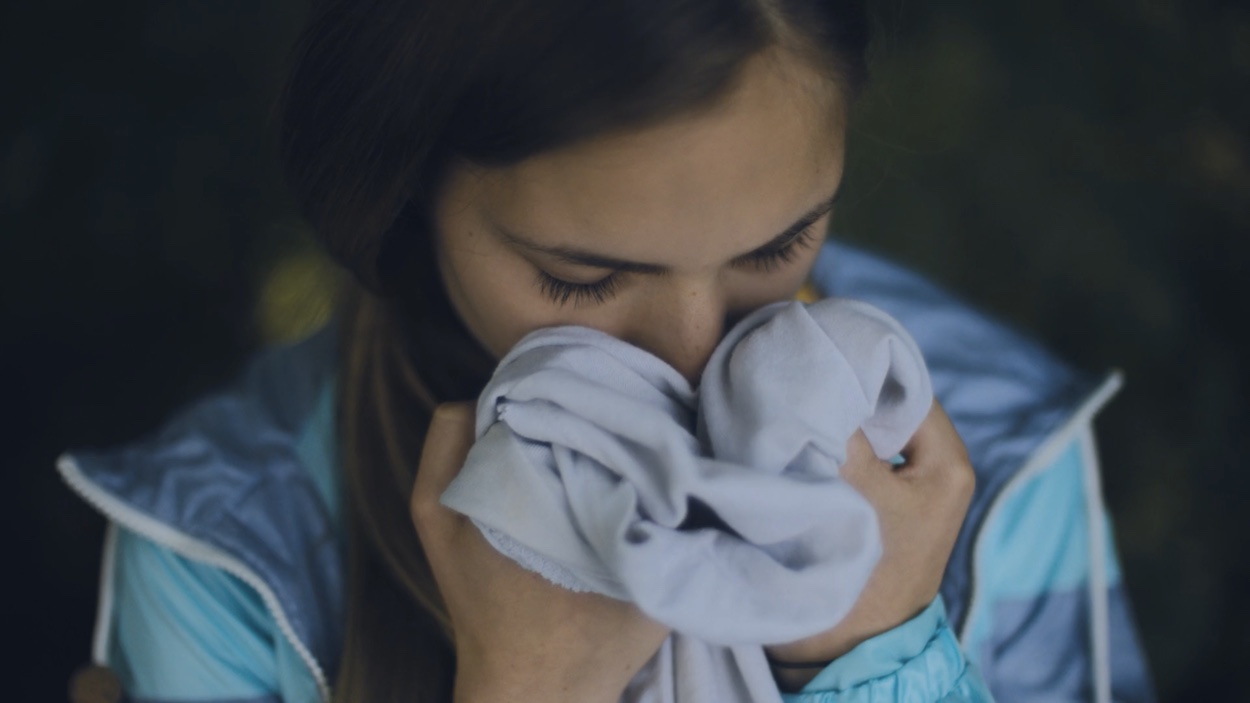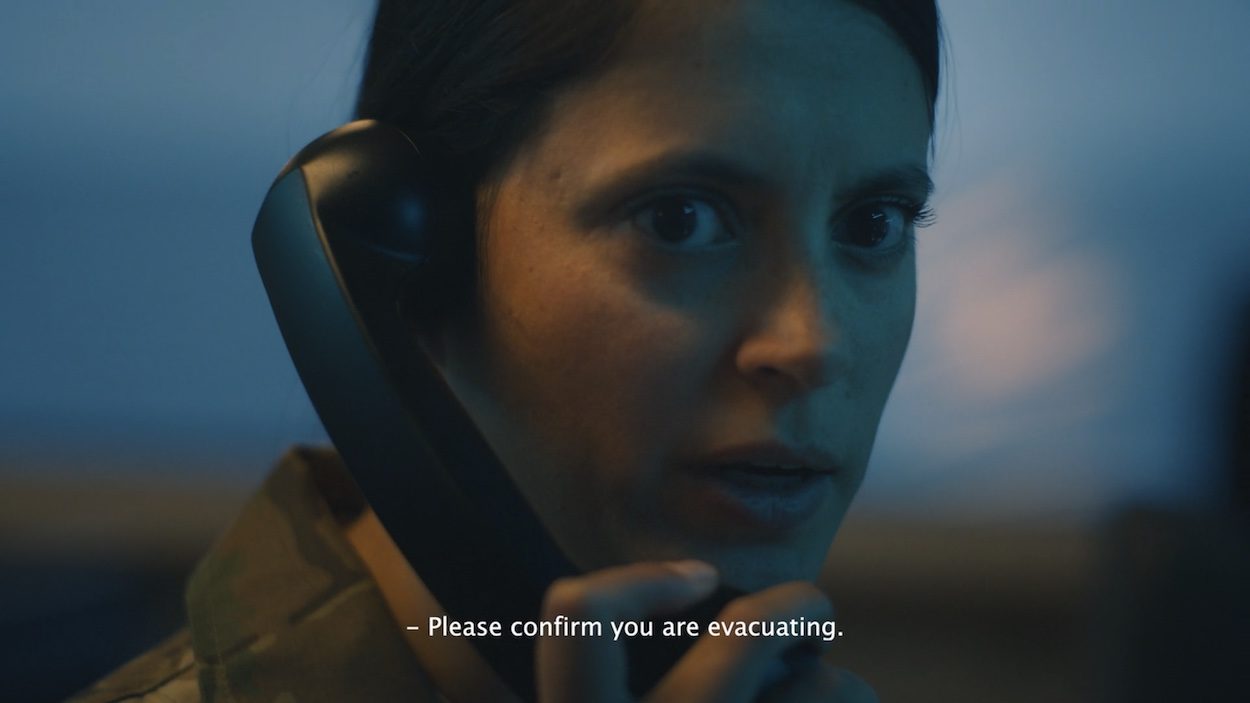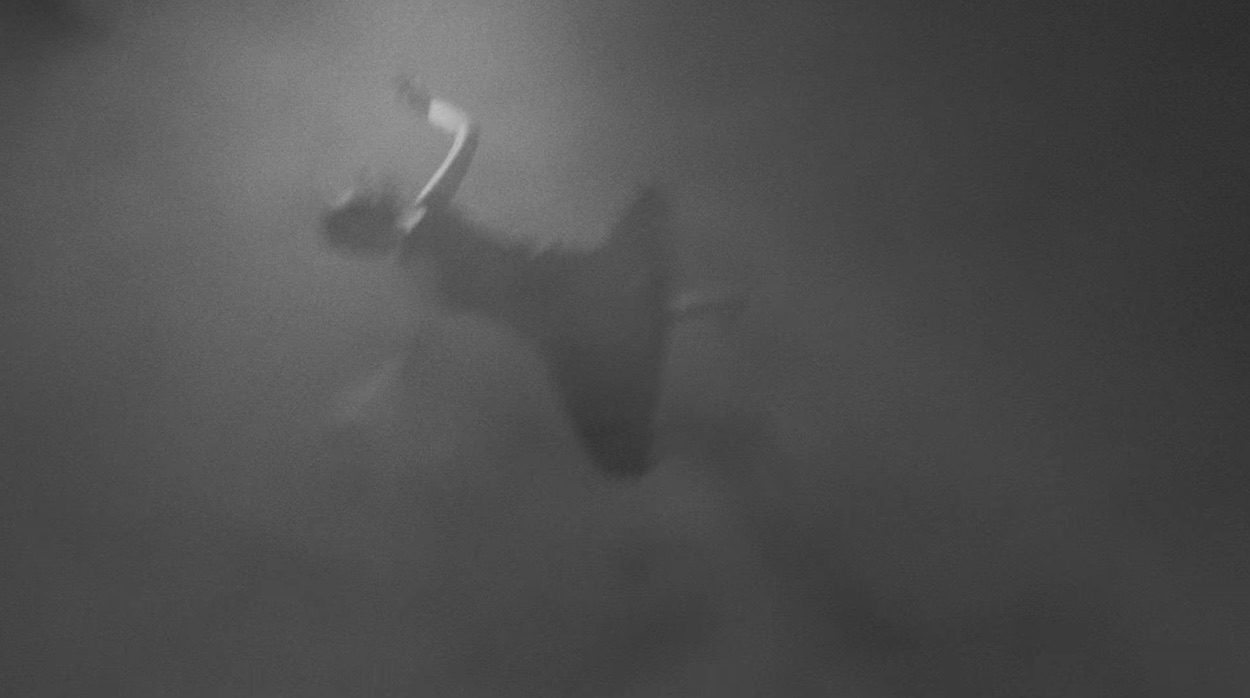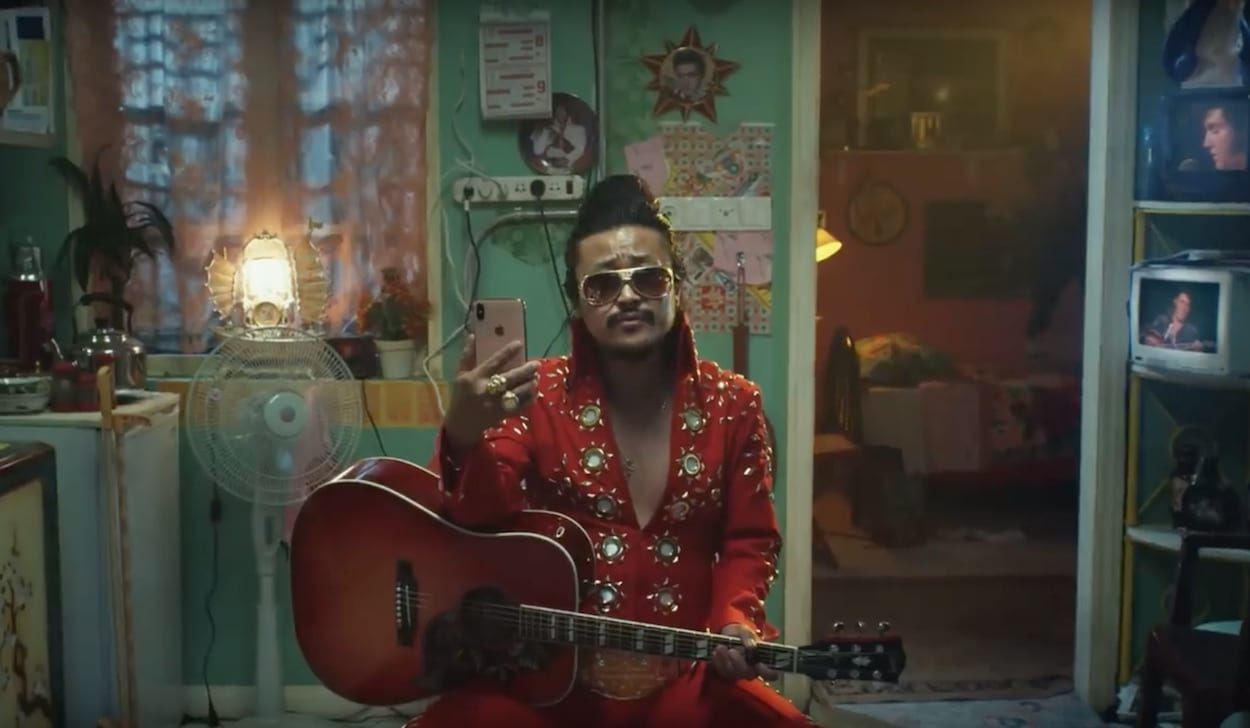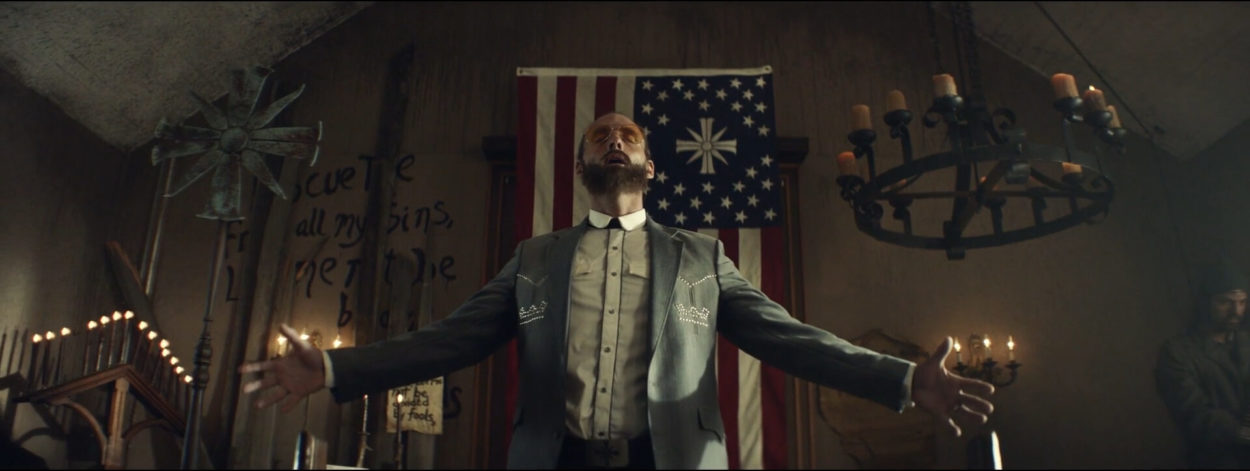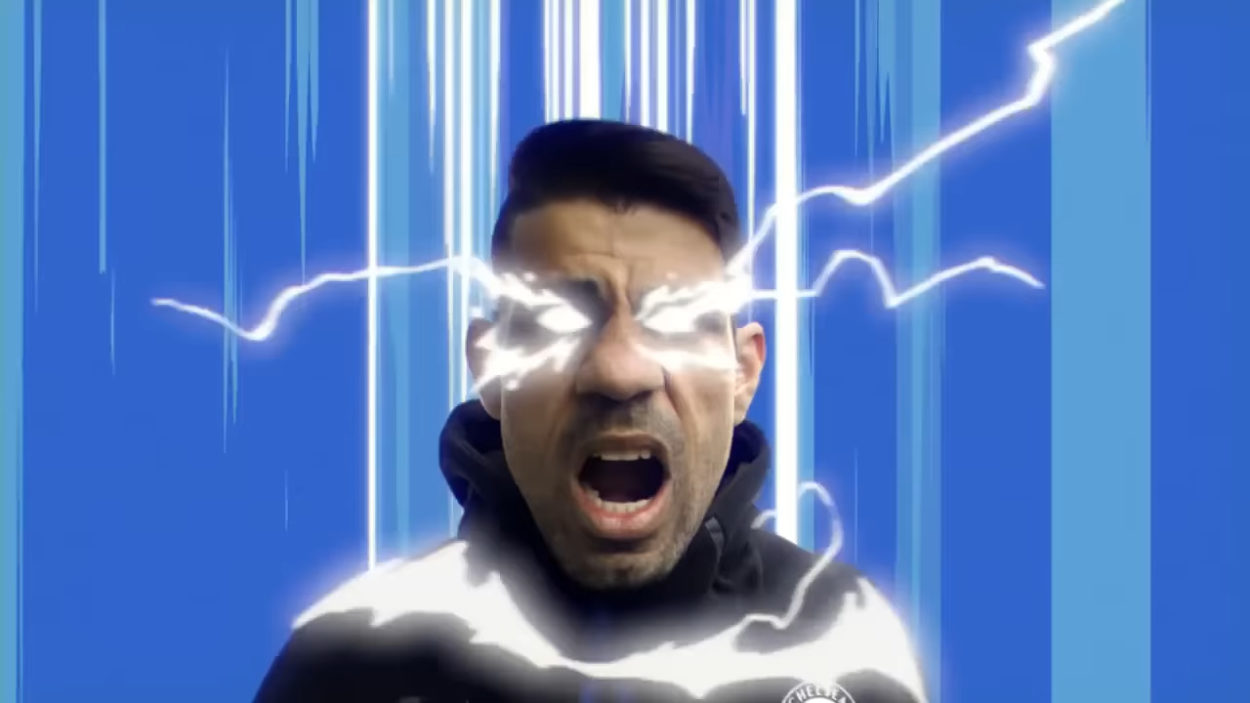What were the key issues of writing and producing a non-linear film, where the visual communication is predominantly in a non-verbal language?
Film language has always been one of my main interests since film school. I found film to be such a hard language. How would I communicate something in film, how do we search for language in our films – how do we use film more as a form of art? Many questions as a young film student.
I have then grown to like to challenge myself in terms of improvisations. It always seemed so long from writing to shooting of the crafting. So I gave myself a task – what if I do a quick turnaround, what if I brainstorm and film the brainstorm? I have done several projects which had quite little funding and I liked to challenge time and involvement. So the task was to write an idea quite fast, this was a spin! Then I would cast and find locations – which then would inspire new situations and new scenes and whole new ideas.
How exactly I would stitch it all together would be a question of course, but I would create a series of experiments circling a mood, a theme, some characters, a little sister who didn’t understand the world of her bigger sister. So in this case I had a bunch of material, and then we would play and form in the edit. Inspired by the little impressionistic phone films my little brother made when he was younger.
There are many issues in working like this – some scenes don’t work, sometimes the linearity doesn’t glue – a lot of things, but as we say – there’s always a way, and this is the fun and surprising thing about these films. I think this is the fifth film I’ve done in this way.
You manage to conjure up the intimacy and nuances of sibling love without being sentimental and without any cliched familial rivalry or conflict – apart from the nonchalant acceptance of the parents’ quirky quarrels. Did you draw on your own personal story and experiences?
I wanted a playful approach, some mysteries, a sister dancing on her own. Little scenes which would create a mysterious space which the little sister at some point will step into, a non-graspable future which is not yet there. A time in your life where you might feel stuck in your family structure. The intimacy I think is inspired by my own life.
When you were directing, how did you sum up the sisters’ relationship to the actors? Did they know each other before shooting and if not how did you go about building up the chemistry?
They are siblings – so yes they knew each other. And it was fun to play with the roles of the two. It was really great fun to do.
The editing plays on moments that evoke a history of memory and sensory connections. Did you map out everything in detail before the shoot or did a lot of the film evolve in the edit?
We had the whole mass of material and built many different stories and versions of the film until time ran out and we had to go home.
Info:
Epoch Films London, LA & NY website
@martindethurah
@epoch_films
